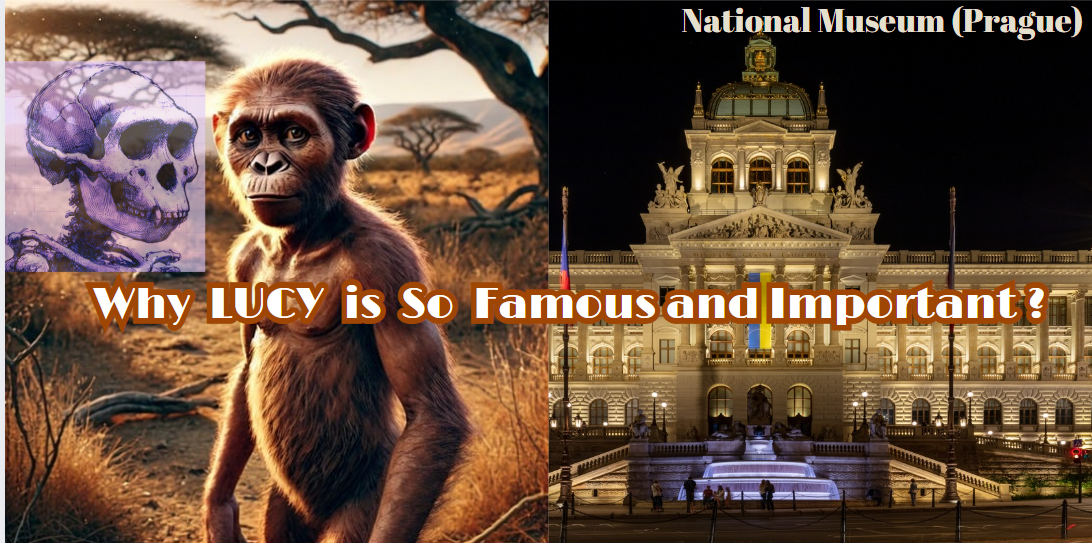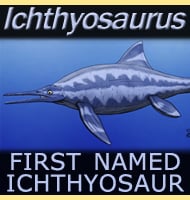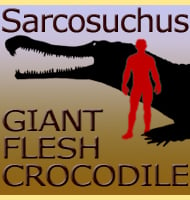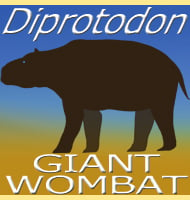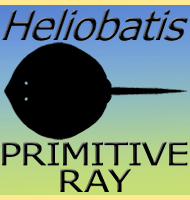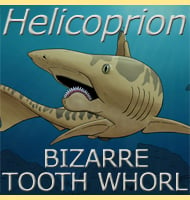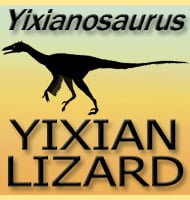
Lucy, an Australopithecus afarensis, is one of the most significant discoveries in the history of anthropology. When her bones were found in Ethiopia in 1974, they were the most complete set ever discovered, providing crucial insights into the evolution of early humans.

Standing at just over 1 meter (about 3.6 feet) tall and weighing roughly 29 kilograms (64 pounds), Lucy’s remains include pieces of her skull, teeth, pelvis, and leg bones.
These fragments have helped scientists understand not only what she looked like but also how she lived. In fact, a sculptor has created a lifelike model of what Lucy might have appeared like during her time on Earth, giving us a glimpse into the past.
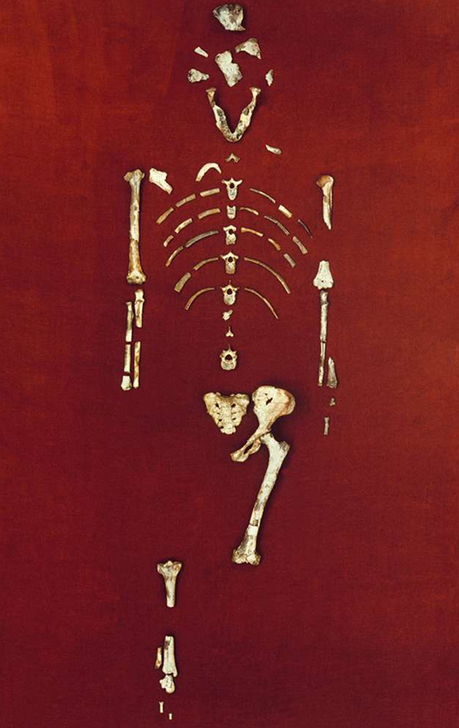
Interestingly, Lucy was named after the Beatles song Lucy in the Sky with Diamonds. The team who made the discovery were actually listening to that track when they found her, and it seemed the perfect fit for such a groundbreaking moment.
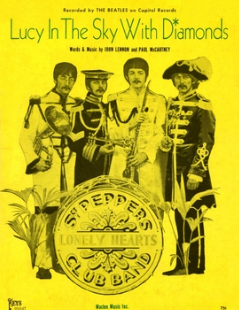
Alongside Lucy, visitors will also be able to see the remains of Selam, a young Australopithecus afarensis who lived about 100,000 years before Lucy. Discovered 25 years after Lucy, Selam’s fossils offer additional context to the life and world of this species.
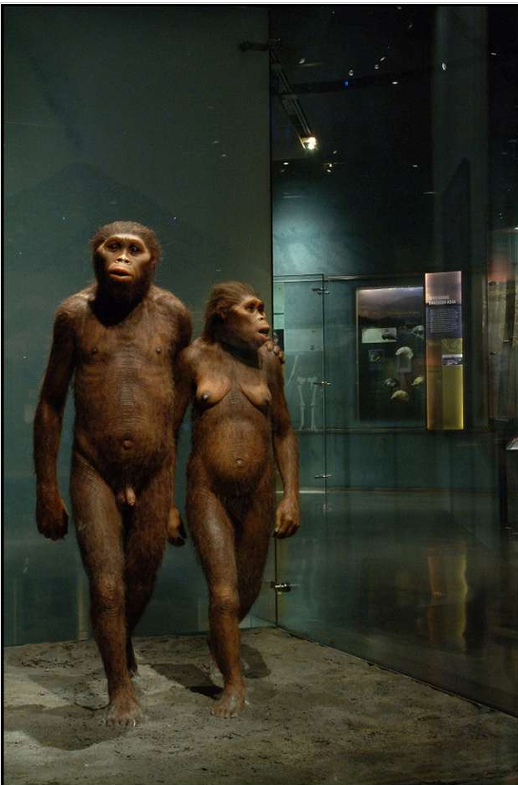
Lucy’s ability to walk on two legs is one of the key features that has made her so valuable to science. Despite her relatively small stature, Lucy was able to stand and walk upright, marking a significant step in human evolution.
At the time of her death, scientists estimate that Lucy was about 11 or 13 years old, which is considered adulthood for her species.
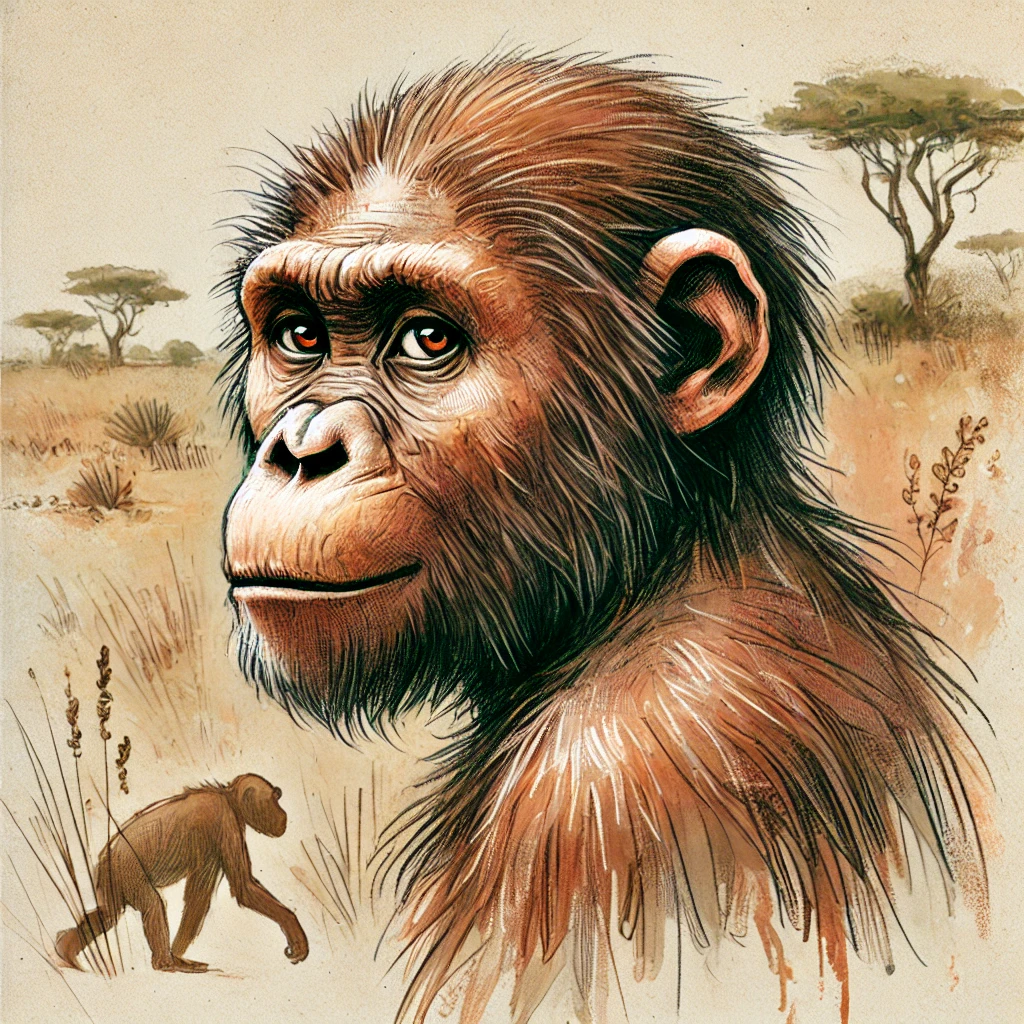
Interestingly, Lucy wasn’t just a ground dweller. A study suggests she spent a lot of time in trees—perhaps even sleeping in the branches.
Her bones show signs that she might have fallen from a great height, and that injury could have contributed to her death.
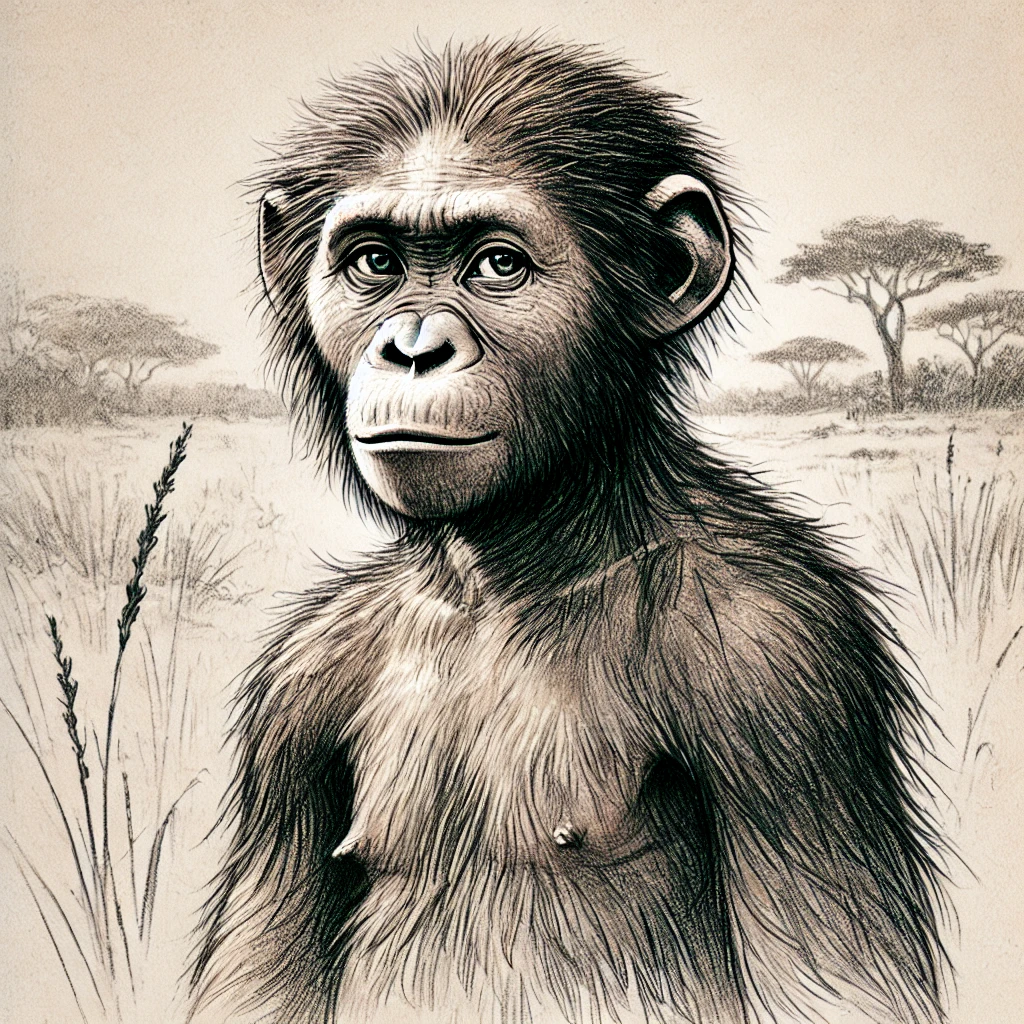
When Lucy was first discovered, she was considered the oldest human ancestor. But that changed in 1994 when Ardi, another ancient hominin, was found, dating back to 4.5 million years ago. Still, Lucy’s legacy remains incredibly important to the study of our evolutionary history.
The careful work done by the team who uncovered Lucy is a testament to the precision required in paleontology. The bones were scattered across the site, and piecing them together took years of dedication and expertise.
The colors of the bones also tell a story—caused by different minerals in the soil and weathering over time, these hues add a layer of depth to Lucy’s tale.
Another fascinating aspect of Lucy is her sex. Scientists believe she was female because of the size of her bones, which are smaller than those of males from the same species. This is consistent with the differences found between male and female hominin fossils.
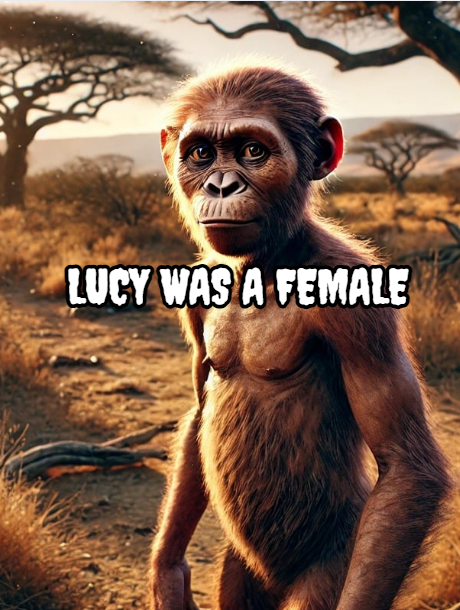
For those who have followed Lucy’s story for years, this exhibition is a rare opportunity to see these remarkable fossils in person. It’s a chance to witness firsthand the remains of one of humanity’s most important ancestors and gain a deeper understanding of where we came from.
Read more from Nature Research Article
Read about more species which were their from the billions of year just like Lucy .
